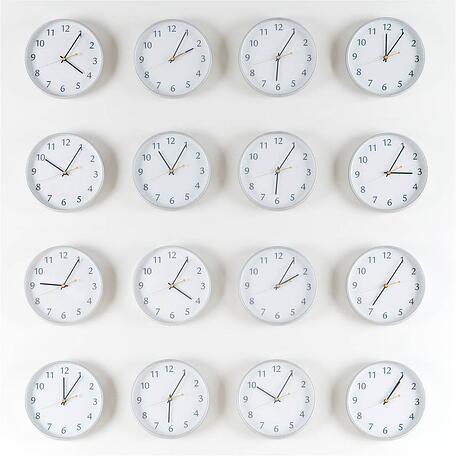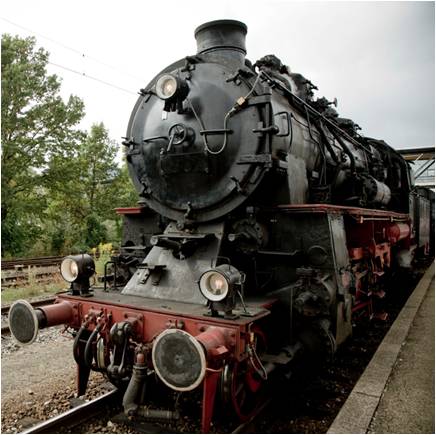“We all know that time is money. We are less aware that time is a historical invention of businessmen.” – The World that Trade Created by Kenneth Pomeranz and Steven Topik. You don’t have to be in business to know the world is divided into time zones. I know, living in California, that if I call my parents in Michigan it is 3 hours later for them than it is for me. Anyone in international business is aware of what time it is in the cities of other countries in which he or she is doing business. While there still are places in the world that don’t recognize standard time, we take it for granted that there is a “universal” time zone system. However, it was not always like this. Standard time zones have only been around for a relatively short amount of time. What brought them into existence? The business of cargo transportation.
into time zones. I know, living in California, that if I call my parents in Michigan it is 3 hours later for them than it is for me. Anyone in international business is aware of what time it is in the cities of other countries in which he or she is doing business. While there still are places in the world that don’t recognize standard time, we take it for granted that there is a “universal” time zone system. However, it was not always like this. Standard time zones have only been around for a relatively short amount of time. What brought them into existence? The business of cargo transportation.
It wasn’t until the end of the nineteenth century that standard time zones were established. Before that, every town set their own time according to the location of the sun. Measurements of time weren’t exact or synchronized from one town to the next. Two towns right next to each other could have very different times. It makes sense that things were this way. After all, it is natural for a man to consider himself the center of the universe while there is nothing natural about standard or universal time zones. The time being different in any given town only really became a major problem with the introduction of the railroad.
Growing rail companies in the 1840’s and 1850’s found themselves faced with a big problem. With every town having its own time, how could the rail stations keep a schedule that ensured trains pulling up to stations at the appropriate times? The idea of creating standard time zones to solve this problem seems simple enough to us now, but it was much more complicated at the time. Every town felt that their time was the proper time. Noon is when the sun is directly overhead in town. How could the rail companies convince towns to change their noon to when the sun was directly overhead in some other town? That would be like getting a town to  admit inferiority to another. So how did the railroads convince the towns? They didn’t. Instead, the railroads made agreements among themselves to set clocks to certain times. No politics. No scientific analysis of what time it should be in different places. Time became a business decision. Towns eventually had to adjust their times to their rails.
admit inferiority to another. So how did the railroads convince the towns? They didn’t. Instead, the railroads made agreements among themselves to set clocks to certain times. No politics. No scientific analysis of what time it should be in different places. Time became a business decision. Towns eventually had to adjust their times to their rails.
The transition was not an easy one nor was it as smooth as it sounds. In the early transitions, train stations in hub cities could be quite chaotic as they would have different cool clocks for rails coming from different towns. According to Pomeranz and Topik, the Pittsburgh station had six clocks for six different rail times. Yet, the railroads managed to create standard railroad times. England was first, establishing a standard railroad time based on Greenwich time in 1842. The United States took much longer, as it had to connect literally hundreds of local time zones over expanding territory. It was in 1883 that the U.S. finally had a nationally standard railroad time. It would still be six years before the four time zones across the country would be established and nearly thirty years before standard time was legally recognized.
Eventually, most of the world came to accept standard time. It took years to work out—not because it was difficult to divide the world into time zones, but mainly because nationalism stood in the way. Many countries wanted their major city to be the one by which the world would set its clocks. The ultimate acceptance of the standard time zone we now have came because of the growth of European and North American powers between 1870 and 1914 and the importance of international shipping in a growing world economy. Now you can know when you participate in freight shipping, you’re taking part in an industry that changed the way the world looks at time.
